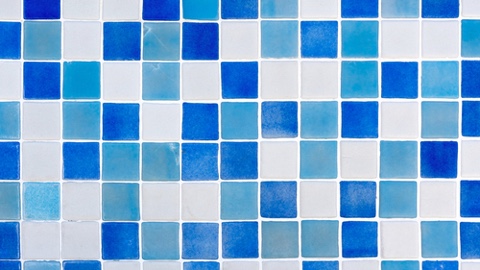
The Lumentile project aims to combine a simple construction element, ceramic tile, with a luminous surface element to create the luminous electronic tile. The panels have a ceramic base, with a transparent top layer with electronics and OLEDs sandwiched in-between. The four new products being researched in Europe demonstrate varied potential uses for the new building material:
- Luminous tile for interior design can change color and luminosity, adapting itself to the needs of the designer;
- Illumination tile, for high-efficiency lighting of interiors through a structural element that can be embedded into the wall, floor, ceiling, and does not require specific wiring. It could be used to illuminate floors and walls to guide people around a building;
- Sensing luminous tile, that can embed different integrated sensors providing additional functionality, like the detection of people walking onto the tile, touch-pads, microphones, and loudspeakers;
- Video tile, where each tile represents a single pixel of an enormous screen, can display videos using structural elements that cover the wall of a building, the floor of an airport or mall, etc. Video tile could be used to camouflage a building or vehicle by creating a video projection of the item’s background.
‘This is not just a digital panel to replace an animated poster like you see on the underground network, but a whole new way of life,” said Project Coordinator, Professor Guido Giuliani of the University of Pavia. “You are instantly in control of your own environment: if you don’t like your bathroom in blue, now you can change it to green with one tap.”


